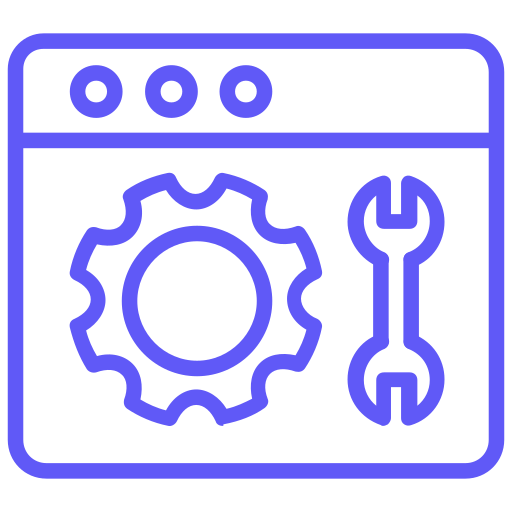
Website Under maintenance
We’re currently performing scheduled maintenance to enhance your experience. Please check back soon. Thank you for your patience!

We’re currently performing scheduled maintenance to enhance your experience. Please check back soon. Thank you for your patience!